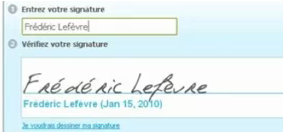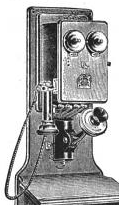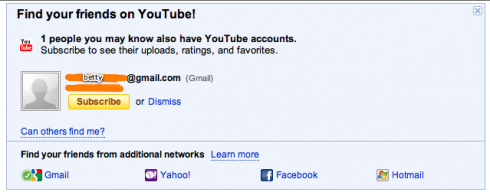 I’m writing this because Microsoft recently granted a limited license for some awesome intellectual property they acquired two years ago. I want to temper the press accounts that are tending suggest they granted a generous license.
I’m writing this because Microsoft recently granted a limited license for some awesome intellectual property they acquired two years ago. I want to temper the press accounts that are tending suggest they granted a generous license.
Almost immediately upon the wide spread adoption of patents industries fell into gridlock. In a classic game of mutually assured destruction the individual firms in the industry would gather up patents. Sooner or later somebody pulled the trigger. If you lack a license to a patent the judge can shut down your entire business.
I think the first historical example of an entire industry shutting down was back in the late 19th century and involved the sewing machine makers. That was in the days before antitrust laws. So the captains of the sewing machine industry all got on the train and gathered in a smoky hotel room in Florida; where they invented the patent pool, cross licensing, etc.
An interesting side effect of a good patent pool is that it keeps other players out of your industry. They only way they can get in is to accumulate enough patents to demand entry.
The anti-trust laws don’t prevent patent pools from arising. They are common around industrial standards. The players contribute, often under surprisingly murky terms, patents to a pool. In this scenario the patents often play an interesting disciplinary role, if you try to implement the standard in a way the standards body considers offensive they remove your access to the patent pool.
Using IP rights in a disciplinary, or exclusionary, manner is also key to the solidarity of the FSF community. Microsoft plays similar games as well.
For example Microsoft has a short list of psuedo-standards – i.e. standards they either wrote up entirely in-house or were the work of captive standards bodies. You can see that list here. In entirely an entirely unexceptional manner they then grant a license to practice a limited amount of the IP on some of their patents. Just what you need to implement the standards, nothing more, nothing less. Of course a naive journalist might think these licenses are more generous then that.
The IP that Microsoft captured two years ago is incredibly useful for solving internet identity problems. In particular it could be used to allow users to reveal only exactly the minimum amount of information required to do this or that. If the site wants to know if your over 18, you can let them know yes, you are. Proving it. And revealing nothing else. If the site wants to know if your credit score is over 550; it can do that that. It’s incredibly clever tech. It’s incredibly useful. If your the kind of person who thinks patents should exist, but only for really really innovative ideas – well this is it.
Sadly though. This tech could be solving a vast range of real world problems today. It could have been solving them for years and year now. So if you looking for an example of IP rights undermining innovation and real world problem solving – well this is it.
If you are looking for interesting examples of a company using patent rights to shape the market toward standards that they own and operate then – well this is it.
Of course nothing is to stop foolish journalists from writing junk like: “This is a irrevocable promise by Microsoft that the company will not assert any claims against anyone using the technology that relate to any patents covering the technology.” Which is bull. You can use this IP only in implementing that short list of standards. Only two on that list actually. And I suspect only one of them, e.g. the standard that implies you have adopted Microsoft’s in house solution to the identity problem.

 I’m enjoying this
I’m enjoying this 

![[René-Jacques5.jpg]](http://3.bp.blogspot.com/_MmRVVROy-Jo/S4-lWM91ptI/AAAAAAAALFY/4imxrTW6wPI/s1600/Ren%C3%A9-Jacques5.jpg)

